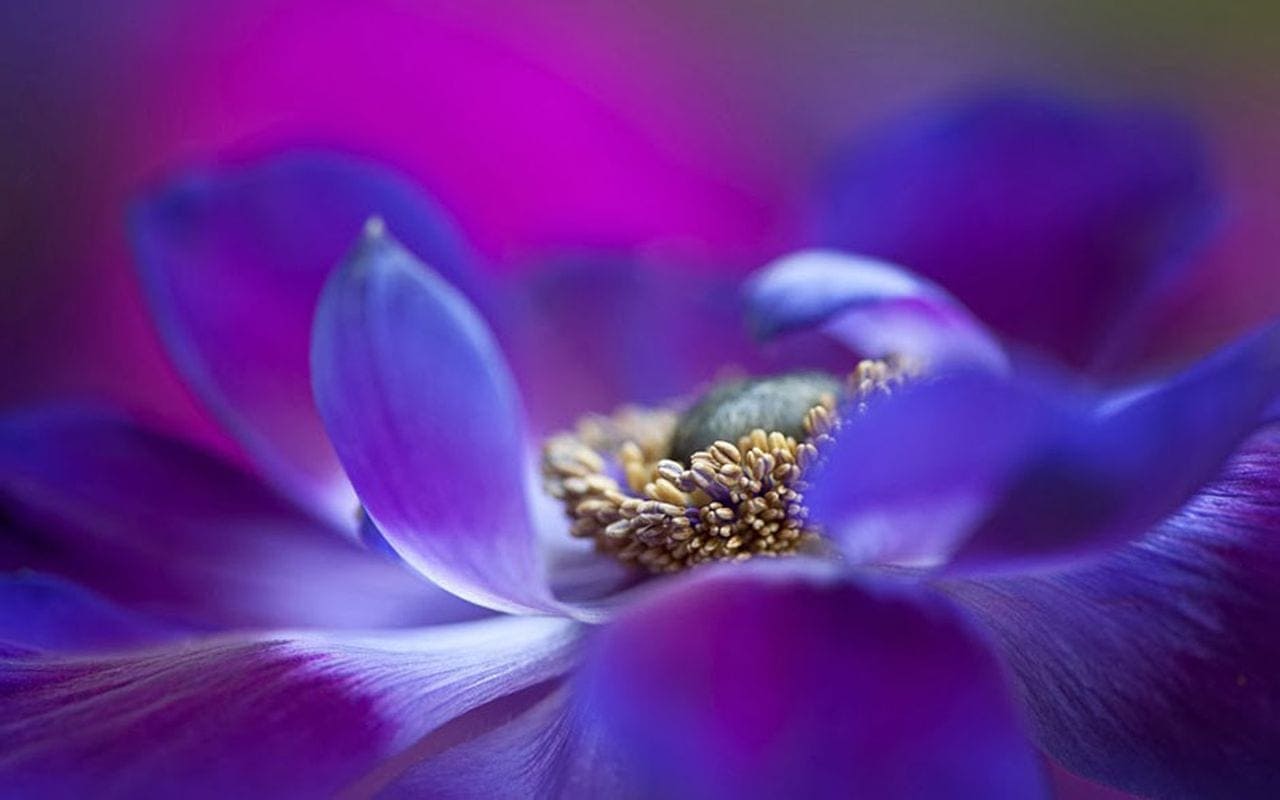I have always thought and defended that the essence of a photographer is to see where others do not see, is the ability to find a wonderful image where others see nothing, the ability to be fascinated by the immediate environment without having to resort to long trips. or easily photogenic scenarios. A photographer is not just someone who takes pictures, because today everyone fits into this definition, a photographer is an image maker, a story researcher, the spokesperson for an idea.
Most of the time, beauty and beautiful stories are closer and smaller than you think. So you have a treasure and the key to a door that will bring you great satisfaction?. And if you have a macro, then you have to immerse yourself in photography of flowers and plants at least once, because macro tandem photography and plant nature is a safe bet ?. But before you run crazy to capture images with a macro, I’ll leave you some tips that I hope will help you.
- Until you see the difference between doing it at another time of day and at dawn?And I say the sunrise and not the sunrise and sunset on purpose.
- Because the sunrises have the peculiarity not only of giving us a wonderful warm and soft light.
- But of being the time of day with less wind.
Always, without excuses, to photograph in macro you have to carry tripod, it is already quite difficult to trust that the flower or plant you want to photograph does not move an inch, much more trust your good pulse or have enough light to be able to photograph at high speed (and freeze the movement).
I will not tire of insisting that the slightest variation due to movement can spoil the focus on macrophotography, where detail is almost the essence of the image Why is any precaution small?Using the camera’s remote shutter or timer will eliminate the movement you make when you press the shutter. Similarly, if your camera has the ability to lock the mirror, do so; this will also help reduce jitter.
Another reason not to forget the tripod at home. Working with low ISO will bring more clarity and quality to your images. That’s why it’s better to leave it at a low value. Each camera has a default value in which it ensures better image quality, if you are very purist, try to find yours, otherwise set the ISO between 75 and 125, which is approximately that value.
Remember how important the background is in the photographs and the power it has to raise or destroy an image, especially when we try to photograph something as formal as a flower or a plant, where color and shape are pretty much everything, a good tip is to carry hedge backgrounds when you can’t find the one that satisfies you. You can take colored fabrics or cardboards. Since what you’re photographing is small, you won’t need to be too big.
Since sunrise only gives us light for a short time and you probably want to continue your photographic adventure a little longer, it is best to always use a reflector to soften the lights, shadows and hard textures when you need it. good pictures in the less good times of the day?
On cloudy days, while for another type of photography it can be a little rough, for the photography of flowers and plants this represents an excellent scenario, the clouds act as diffuser and allow light to reach the scene in a smooth and diffuse way, causing shadows and soft textures ideal for this type of photography.
Macrophotography is a type of photography that must be simmered, unhurried, enjoying the scene and all the work before shooting. Forget about here, I catch you here, I’ll kill you because then you’re not going to get anything. think, look, redesign, spin, frame, undo, stretch on the ground, cut, counter-choose and test different framing. Does macrophotography allow you to enter magical worlds, enjoy them without haste?
Not only do we have to look forward to spring, there are flowers all year round, not of all species or everywhere, but stop and think, are there flowers on the balconies, in the city, in the florists?If you like flower macrophotography, you’ll never run out of material.
You won’t always find the morning dew where or the way you’d like it, so why not create your own dew?It’s as simple as taking a little dew with water and spraying the areas of the plant and flower you want the way you want.
In this type of static photography a good composition is as basic as it is free, although some basic rules of composition will help you start by:
Every flower, every plant, every insect, everything counts and is important in our bruised nature, so please take care of it and respect it from the first moment (I know you will, but it doesn’t hurt to say it).
What do you think, do you dare to make macrophotographs of flowers and plants,, have you ever done it?Anyway, I hope you’ve been able to take advantage of some of the tips, if this is the case and you also know someone who could also benefit from one of them, share it for them, thank you very much and see you next time?

